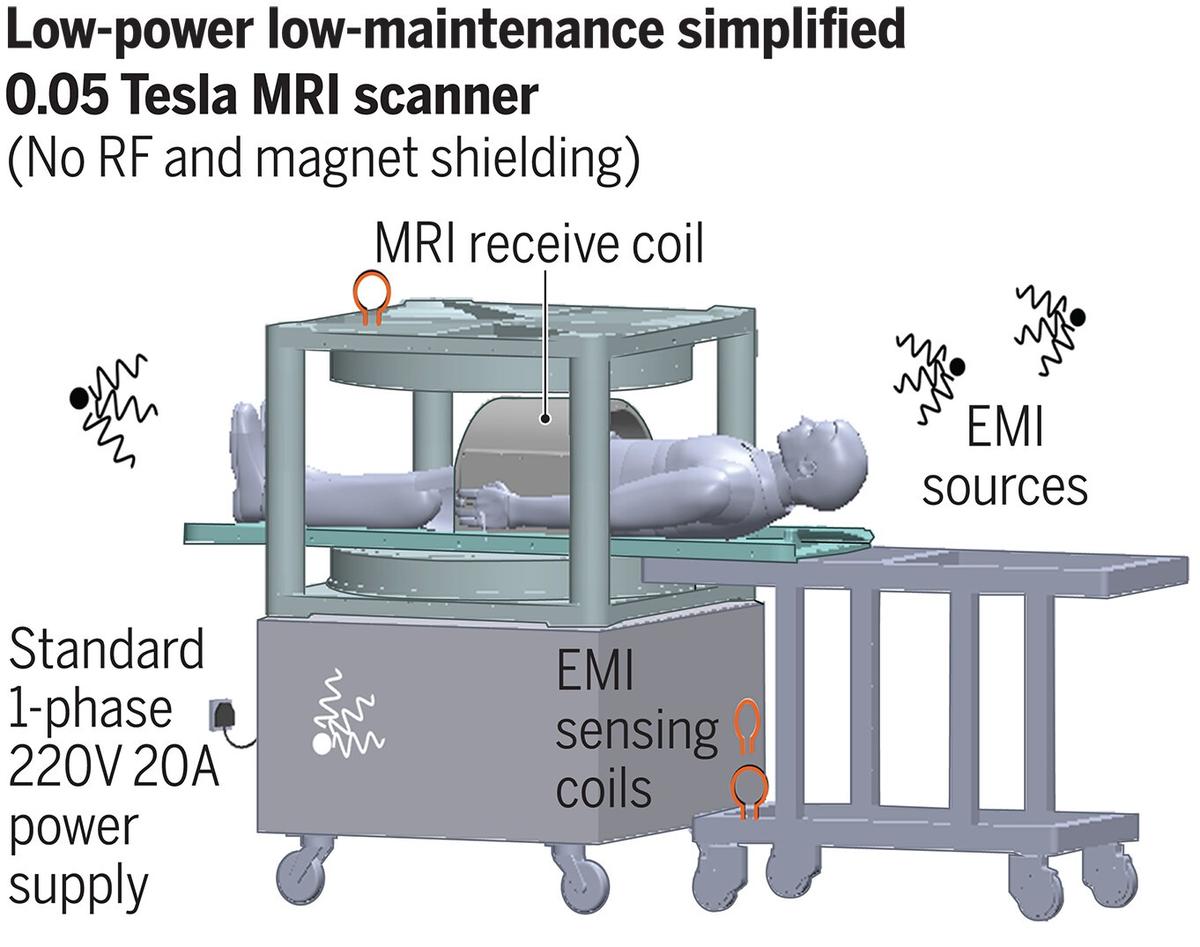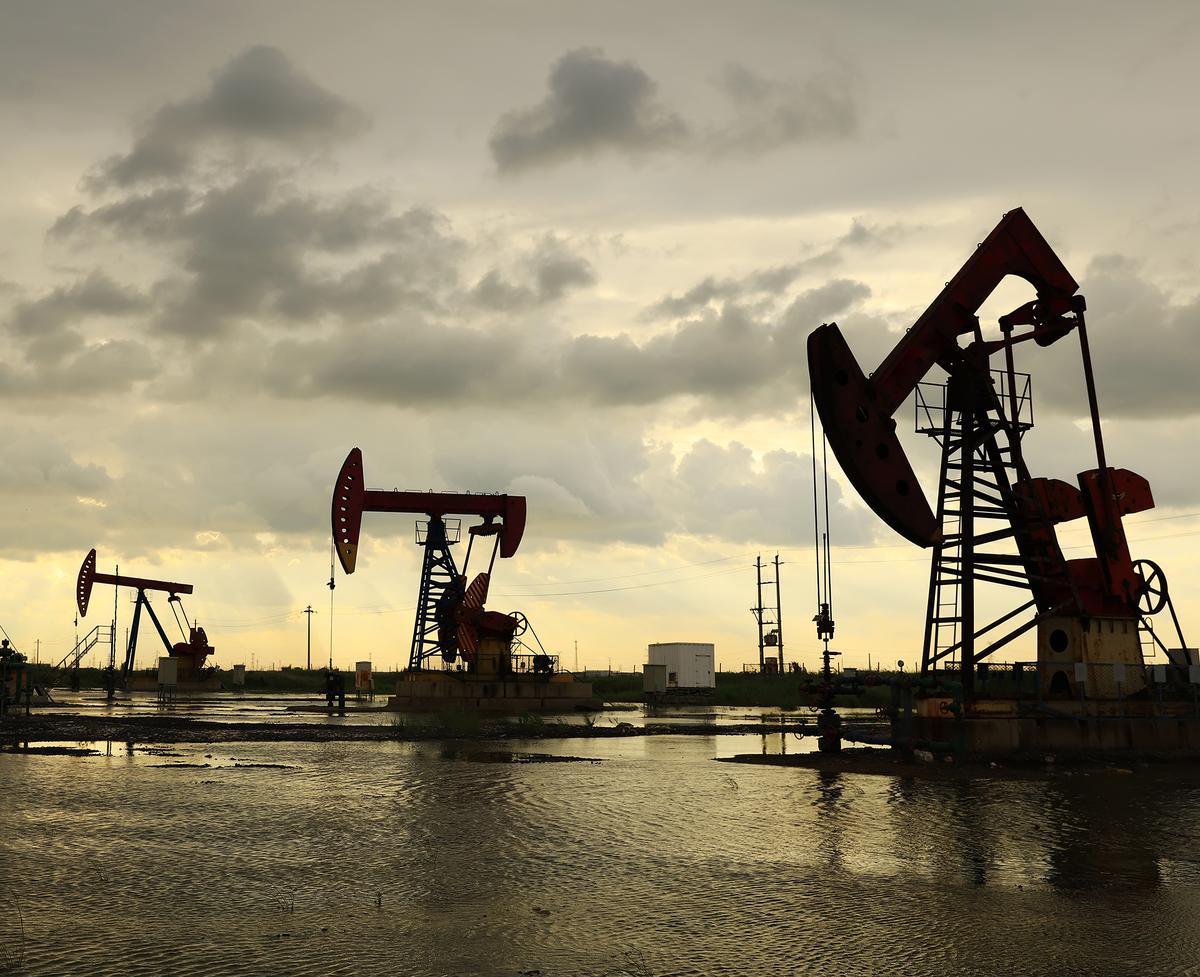Over millennia, mighty geological processes in the earth’s crust heated and compressed together pieces of life-forms that had been dead for a while. Eventually, this mulch of organic matter accumulated as hydrocarbons inside rock formations. The two Industrial Revolutions were the result mainly of people finding a way to extract these hydrocarbons and using them to drive many and great engines, whose foul breath polluted the air and water and eventually gave us global warming.
Where are hydrocarbons located?
The most common forms in which these hydrocarbons exist in subterranean rock formations are natural gas, coal, crude oil, and petroleum. They are usually found in reservoirs underground created when a more resistant rock type overlays a less resistant one, in effect creating a lid that causes hydrocarbons to accumulate below it. Such formations are important because otherwise, the hydrocarbons would float to the surface and dissipate.
Experts use the tools, methods, and techniques of the field of petroleum geology to assess these rocks, including to check for their porosity and permeability. If a rock formation is highly porous, it could hold a larger quantity of hydrocarbons. Similarly, the more permeable a rock is, more easily the hydrocarbons will flow through it.
The primary source of hydrocarbons in this rocky underground is called kerogen: lumps of organic matter. Kerogen can be deposited from three possible sources: as the remains of a lake (lacustrine), of a larger marine ecosystem, or of a terrestrial ecosystem. Rocks surrounding the kerogen can become warmer, more compactified over time, exerting forces on the kerogen that cause it to break down. Lacustrine kerogen yields waxy oils; marine kerogen, oil and gas; and terrestrial kerogen, light oils, gas, and coal.
The rock containing the kerogen is called the source rock, and petroleum geologists are tasked with looking for it, understanding its geophysical and thermal characteristics, and characterising its ability to yield hydrocarbons. They also undertake modelling activities informed by observational data and dig smaller exploration wells to estimate the amount of hydrocarbons there, and report it to the relevant regulatory body.
Once a particular location is determined to be a profitable source of hydrocarbons, drilling can begin.
How are the hydrocarbons accessed?
Drilling and reservoir engineers are responsible for extracting as much of the hydrocarbons as is gainful without damaging the reservoir, to which end they deploy a variety of methods.
The first task is to create a production well, the principal hole through which the reservoir will be drained to the surface; its location is chosen to maximise the amount of drainage. The well is created with a drilling machine. The drill consists of the drill pipe, the drill collars towards the bottom, and the drill bit at the bottom. The drill bit is the object that breaks through the rock, creating a hole as it tunnels further down.
Once the tunnelling is underway, engineers lower steel casings that are slightly less wide than the hole itself into the tunnel, and pump cement slurry in the gap between the outer edge of the tunnel and the casings. As the cement solidifies, it protects the upper parts of the tunnel from caving in and prevents fluids in the surrounding soil from entering the well. The tunnel is also filled with drilling fluid, which reaches and swirls around the drill bit. Its primary purposes are to keep the bit from overheating and to bring the pieces of rock being cut away with it when it is pumped to the surface, where they can be removed from the tunnel.
The pressure at which the drilling fluid is delivered needs to be carefully controlled or it could force the hydrocarbons in the source rock to rush into the gap between the casing and the drill string (pipe + collar + bit) and erupt on the surface like a volcano of oil. Modern drilling setups include mechanical valves called blowout preventers to trap the gushing in the borehole, and manage the equipment already inside as necessary.
The process of recording the rock cuttings by depth and studying their properties is called mud-logging.
As the drill bit descends, the length of the drill pipe is increased by tacking on extensions; it can also be pulled up if it needs replacing.
Today, all of these processes are conducted by sophisticated drilling rigs, which also come with generators and batteries to power various steps of the drilling process. These rigs can also be installed offshore, with additional facilities to boost their stability and aid extraction through the water column.
How are the hydrocarbons extracted?
Once the production well has been drilled, it has to be prepared to drain the hydrocarbons – a step called completing. Here, engineers remove the drill string out of the borehole and punch small holes into the casing. More often than not, the pressure inside the well is sufficiently lower than in the surrounding rock for the hydrocarbons to start flowing into the well and rise up on their own. And as they rise, they are forced to exit at the top via a narrower tube – which is installed to, among other things, encourage the fluids to flow in only one direction (out).
The flow of hydrocarbons ends the completion stage and begins the production stage, when the most important aspects of the extraction operation are the systems at the well’s head controlling its outflow using valves. Sometimes, the pressure difference may be too low to bring the hydrocarbons to the surface. A common solution in some oil-rich sites is to use pump jacks, facilities seen dotting the American midwest with a hammer-shaped piston moving up and down in languid fashion. They draw mechanical power from, say, an engine to lift up hydrocarbons from the bottom of a well. Some long-standing wells may require additional components or having old ones replaced to get more hydrocarbon out of them; these tasks are called workovers.
Three pump jacks work to extract oil.
| Photo Credit:
Getty Images/iStockphoto
The production profile of a well can be split into three phases: primary, secondary, and tertiary, depending on the methods required to maintain production. The primary phase banks on natural processes, like pressure differences between the reservoir and the well and less dense compounds floating to the top. Secondary interventions are concerned with inducing artificial pressure in the rock to maintain the differential (e.g. by injecting water into it or diluting the hydrocarbon mix to help it flow better).
The tertiary phase is focused on forcing the remainder into the well. Steam injection is a common example of such an enhanced recovery method. An on-site gas turbine generates electricity while its waste heat is routed to a steam generator. The resulting steam is pumped into the rock: its heat makes heavy-oil hydrocarbons less viscous and more willing to flow while its pressure pushes them out. When recovering petroleum, for example, the well may yield about 15%, 45%, and 15% of its hydrocarbon volume in the three respective phases.
What happens when a well is depleted?
As the extraction rates indicate, a well needn’t be fully depleted before the extraction process ends. The process’s economics matter greatly: the contractor may stop extraction if it’s no longer profitable to keep extracting from a well.
A well thus abandoned needs to be plugged so that its contents – both the hydrocarbons and the gases accumulating in the borehole – don’t escape into their surroundings. These plugs can be temporary, in case the project proponent wishes to recommission it later, or permanent. A common issue with improperly plugged wells is the plugs deteriorate and fail, either because of quality issues or due to nearby disturbances.
The most exhaustive way to conclude operations at a well, whether on land or offshore, is to decommission it, but this process is expensive and often commercially infeasible for the proponent. Improperly abandoned wells are a major source of methane emissions – to go with the emissions released during the production and use of various components required to extract hydrocarbons. One 2018 study estimated that 9,000 oilfields in 90 countries released 1.7 billion tonnes of carbon dioxide in 2015 alone.
- The most common forms in which these hydrocarbons exist in subterranean rock formations are natural gas, coal, crude oil, and petroleum.
- Drilling and reservoir engineers are responsible for extracting as much of the hydrocarbons as is gainful without damaging the reservoir, to which end they deploy a variety of methods.
- Once the production well has been drilled, it has to be prepared to drain the hydrocarbons – a step called completing.











